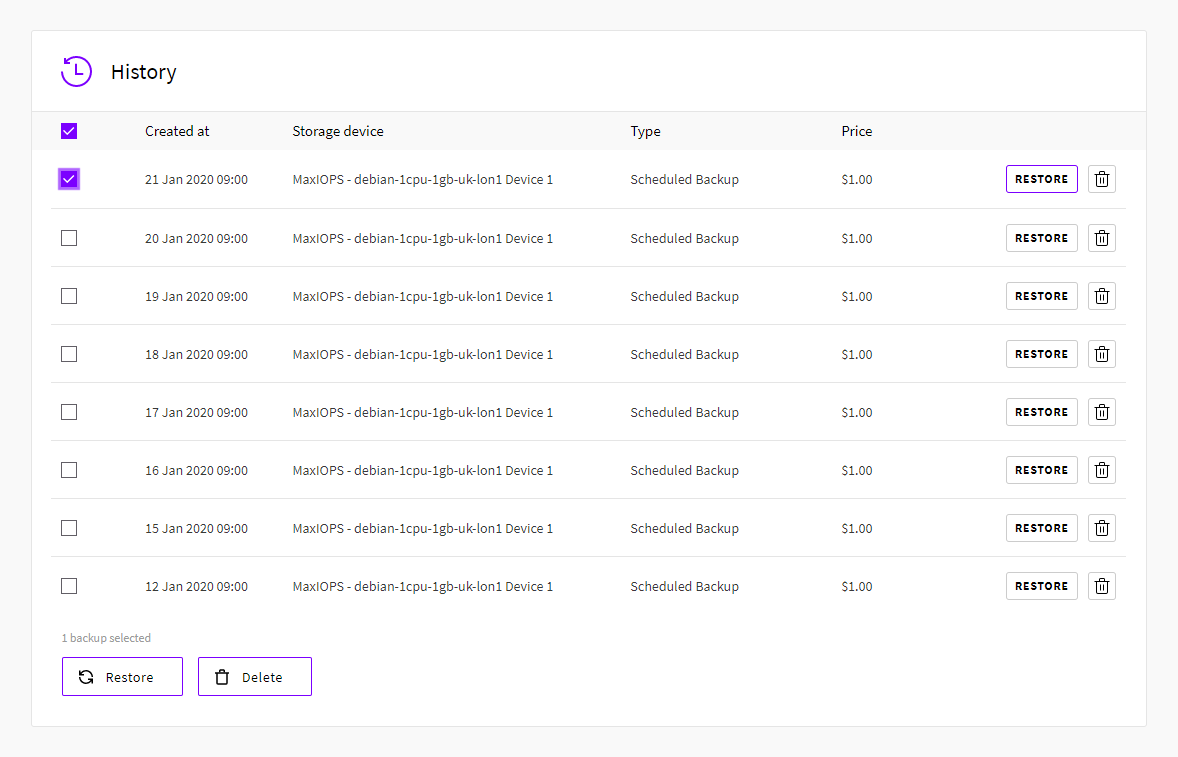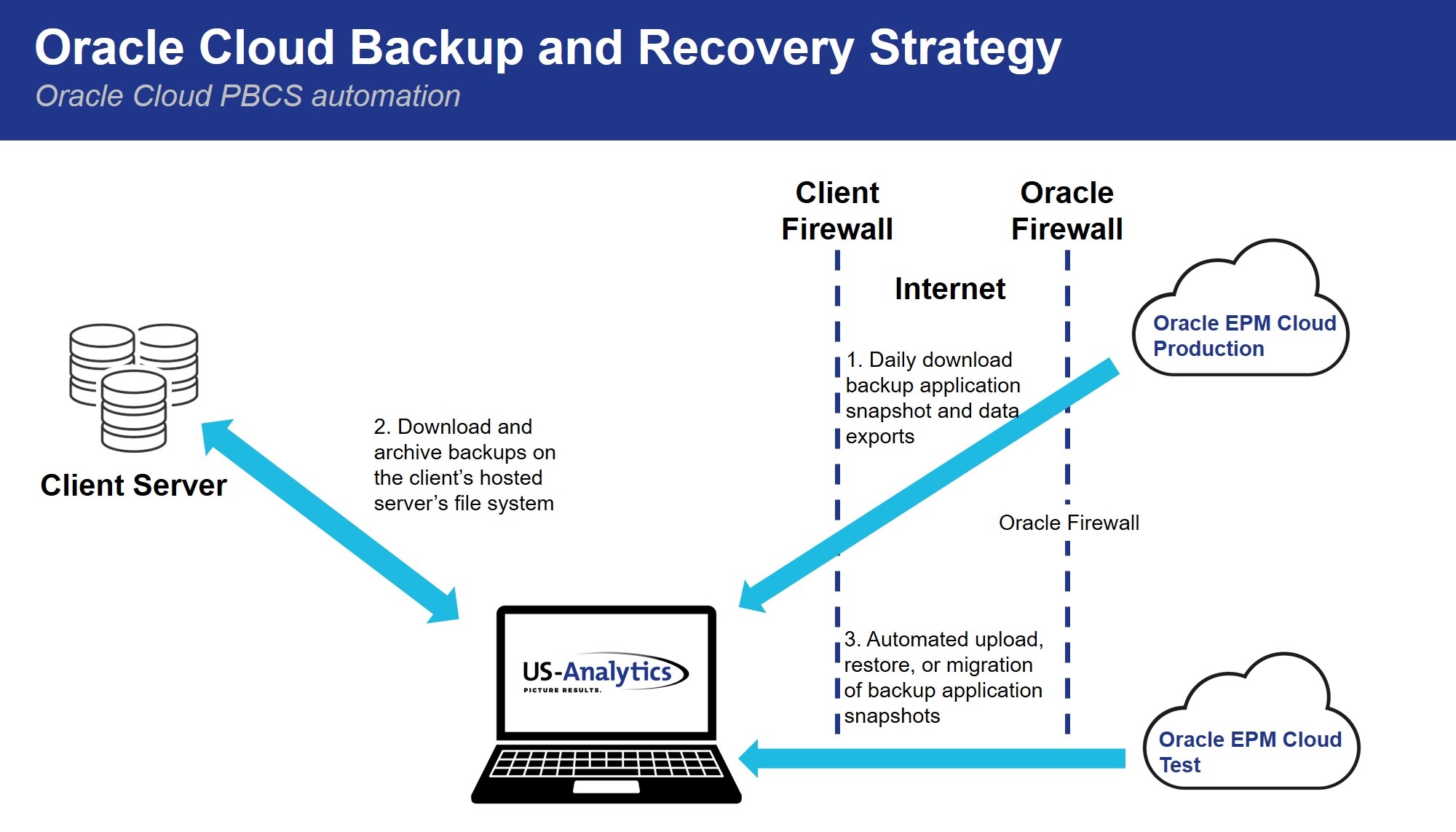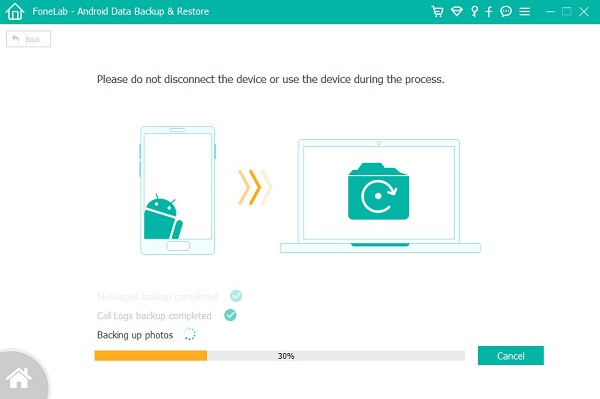

- Data backup and restore archive#
- Data backup and restore android#
To preserve as much of an existing user's experience on a new device as However, if a user uninstalls your app, then the systemĬlears any granted permission and the user must grant them again.
Data backup and restore android#
Restored by the system on devices running Android version 7.0 (API levelĢ4) and higher. Note: Any permissions a user grants to your app are automatically backed up and

Transparent data, such as a flag indicating whether a user has seen a You canīack up settings that a user explicitly sets in your app's UI, as well as Restore settings data even if a user doesn't log in to your app. Make sure you also back up and restore settings data to preserveĪ returning user's personalized preferences on a new device. To learn how, see Transfer data using sync Restore a returning user's data onto a new device. Save data that you want to use during the normal app lifecycle. You can synchronize app data between Android-powered devices and To explore Google sign-in solutions to facilitate user login to your app, seeĪpp data can include user-generated content, such as text, images, and User's account when they get started with a new device.įor details on transferring authentication credentials and authorization tokens, You can help maintain existing user engagement by transferring the User-generated app data, and settings data, as described below. The important data to back up for your users is their identity data, Take care toīack up the appropriate data-only backing up some of the data canįrustrate users when they open the app on a new device and discover something Users generate a lot of data when using your apps.

Make sure you restore identity data, app data, and settings You may choose to schedule backups to occur automatically on the day(s) and time you select.
Confirm the correct backup file is selected then click Restore. Data backup and restore archive#
This will add the backup file to the list on your Archive and Restore tab.
Browse to the Procare backup file (.pcd extension) and choose Open. Optional: To restore a backup from another location on your computer (like a USB flash drive):. Click once on date/time of the backup you wish to restore (to select it) then click the Restore button. At the Database Backup/Restore screen, click the Archive and Restore tab (at the top). In other words, your information will revert back to the state it was in at the time the backup was made. All data for every school (every location managed in Procare) will be replaced with the information from the backup. Important! Restoring data is a serious step. The backup itself would contain the old event log information if needed. Note: When a backup is made any entries in the System Event Log that are more than 90 days old are automatically removed. Hint: If you need to make a copy of the backup at a later time go to the Archive and Restore tab, click once on date/time of the backup you wish to copy (to select it) then click Save Backup. Answer Yes and browse to the location of your choice. When the backup is complete, you’ll be asked if you would like to copy the new backup to another location, like a USB flash drive. Note: The backup will automatically be saved to the computer that hosts your Procare licensing service (typically your main computer). At the Database Backup/Restore screen the Backup Database tab (at the top) should already be selected. If you’re using your own SQL Server you’ll need to backup outside of Procare. Procare has a built-in backup feature compatible with the Express Edition of SQL Server that comes with Procare. Contact Support if it becomes necessary to restore data from a previous day.įrom the Procare Home screen Utilities > Database Backup/Restore. Note: If you are using the Procare Cloud service all backups are managed by Procare. All data in every Procare module will be replaced with the information from the backup. A backup is like a snapshot of all the information in Procare at that moment including names, addresses, accounting information, and so forth.







 0 kommentar(er)
0 kommentar(er)
